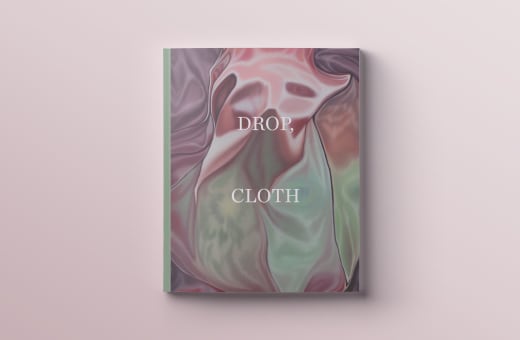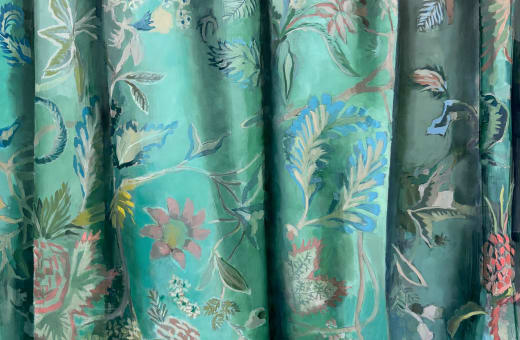News

Hollis Taggart Announces Representation of Charles Cajori’s Estate as well as Solo Show of His Work
Hollis Taggart is pleased to announce the representation of the estate of the second generation Abstract Expressionist Charles Cajori, which will be launched with an exhibition of his work at the gallery later this month. Known for blending bold abstraction with figural experimentation, Cajori’s canvases display a mastery of color and dynamism. Charles Cajori: Turbulent Space, Shifting Colors is the first exhibition of the artist’s work in NYC in nearly in a decade, and will function as a “mini-retrospective,” featuring works from the early 1950s to the late 1970s. The exhibition will be on view from October 17th through November 16th, 2024, and will be celebrated with an opening reception on Saturday, October 19th, from 2-5PM, with a discussion with the art historian John Seed starting at 2PM.
While Charles Cajori (1921-2013) is most often classified as a second generation Abstract Expressionist, his work resists easy categorization. Though heavily influenced by this burgeoning art movement that was exploding in the downtown New York City art scene when he arrived in the city in 1946, Cajori was usually interested in depicting something specific – a landscape or figure – regardless of whether this was apparent in his completed paintings. Combining observation with experimentation, Cajori was interested in studying and pushing the limits of space and form, resulting in marvelous swaths of color that captured what he called “the swift continuum of space.” Even in the works where Cajori’s figural forms are more visible, their relationships to their abstract environments remain undefined, demonstrating Cajori’s remarkable ability to seamlessly transition from figuration to abstraction.
Cajori’s influence on the Postwar New York art world cannot be overstated. As a founding member of the Tanager Gallery on 10th Street in 1952, Cajori and his friends – including co-founders William King, Lois Dodd, Fred Mitchell, and Angelo Ippolito – created a space that became a critical meeting point and collaborative exhibition space for artists that provided an alternative to the more established galleries of 57th Street. In 1964, Cajori also co-founded the New York Studio School, a unique art school that emphasized a studio-driven, European-style “atelier” approach to artmaking which still exists today. Throughout his life, Cajori taught at various schools including Cooper Union (1956-1965), Berkeley (1959-1960), and Queens College (1965-1986), influencing the future generation of artists, including Jack Whitten, Douglas Florian, and David Reed, among many others. Turbulent Space, Shifting Colors will be accompanied by an illustrated catalogue with an essay by the art historian John Seed, which includes a biographical overview of the artist’s extraordinary career.
“We’re thrilled that Charles Cajori is joining the esteemed group of artists’ estates represented by the gallery,” said Hollis Taggart. “Cajori was an active participant in the Abstract Expressionist movement even as he deviated from trends and forged his own distinct visual language. These sort of seminal figures who operate both within and outside of cultural currents are rare to come by, and we are very excited to encourage more in-depth exploration and study of Cajori’s work.”
For press inquiries, please contact Aga Sablinska at aga.sablinska@gmail.com or +1 862.216.6485.








